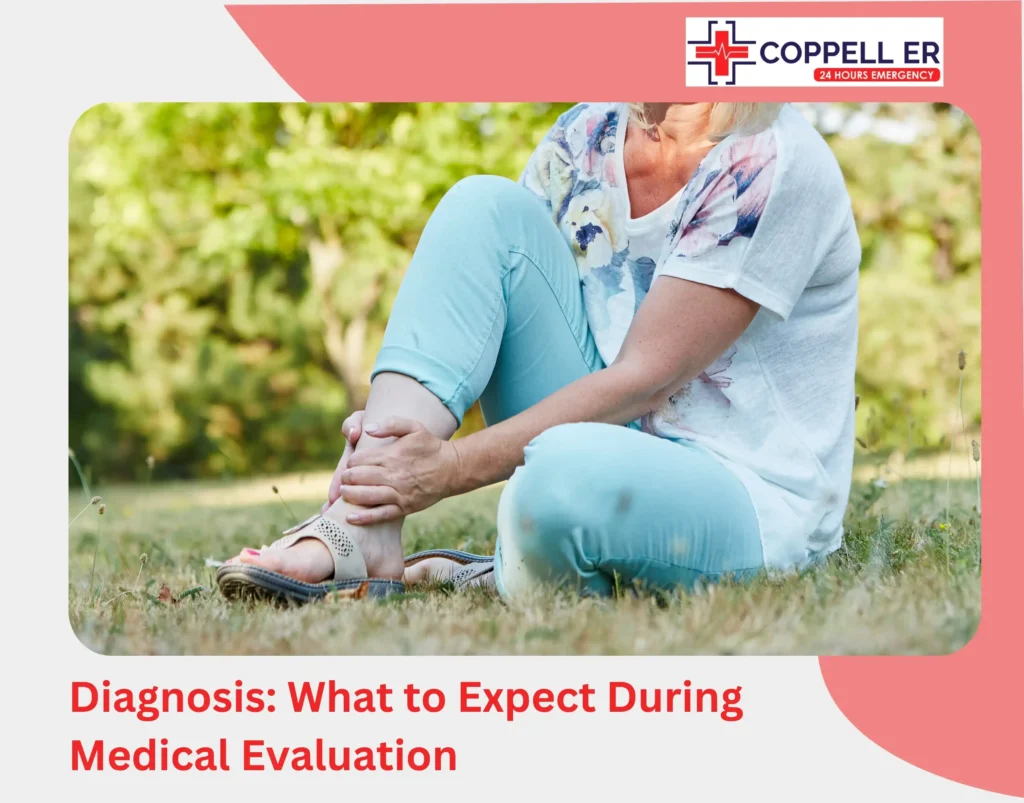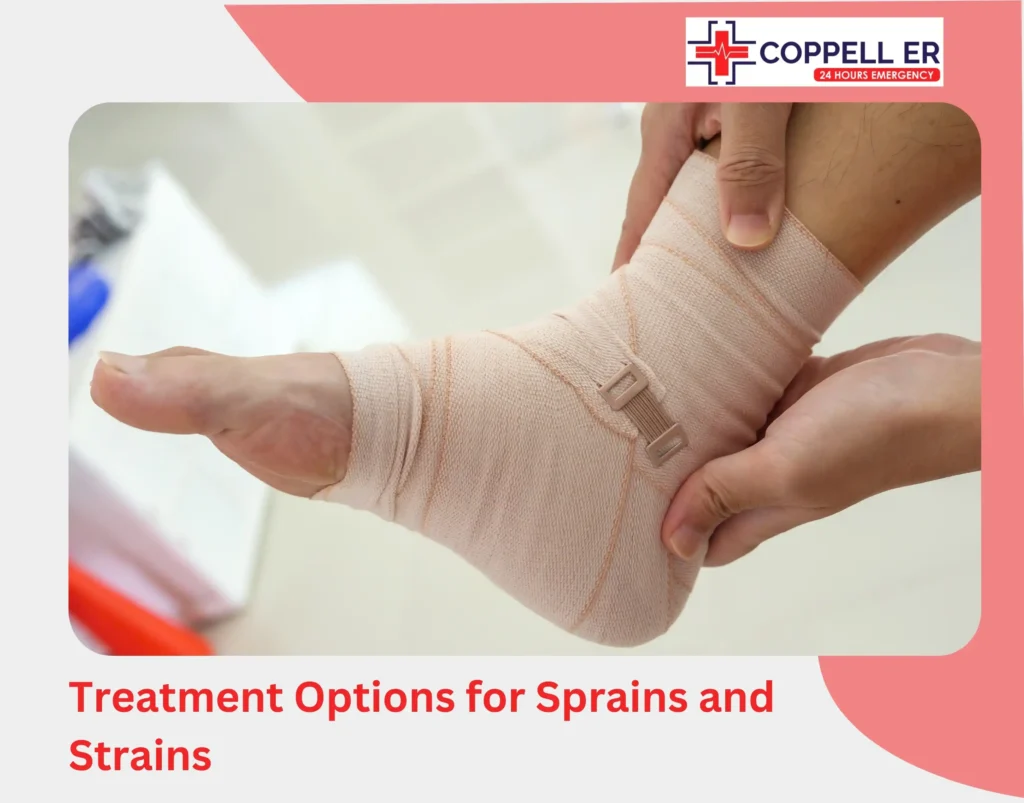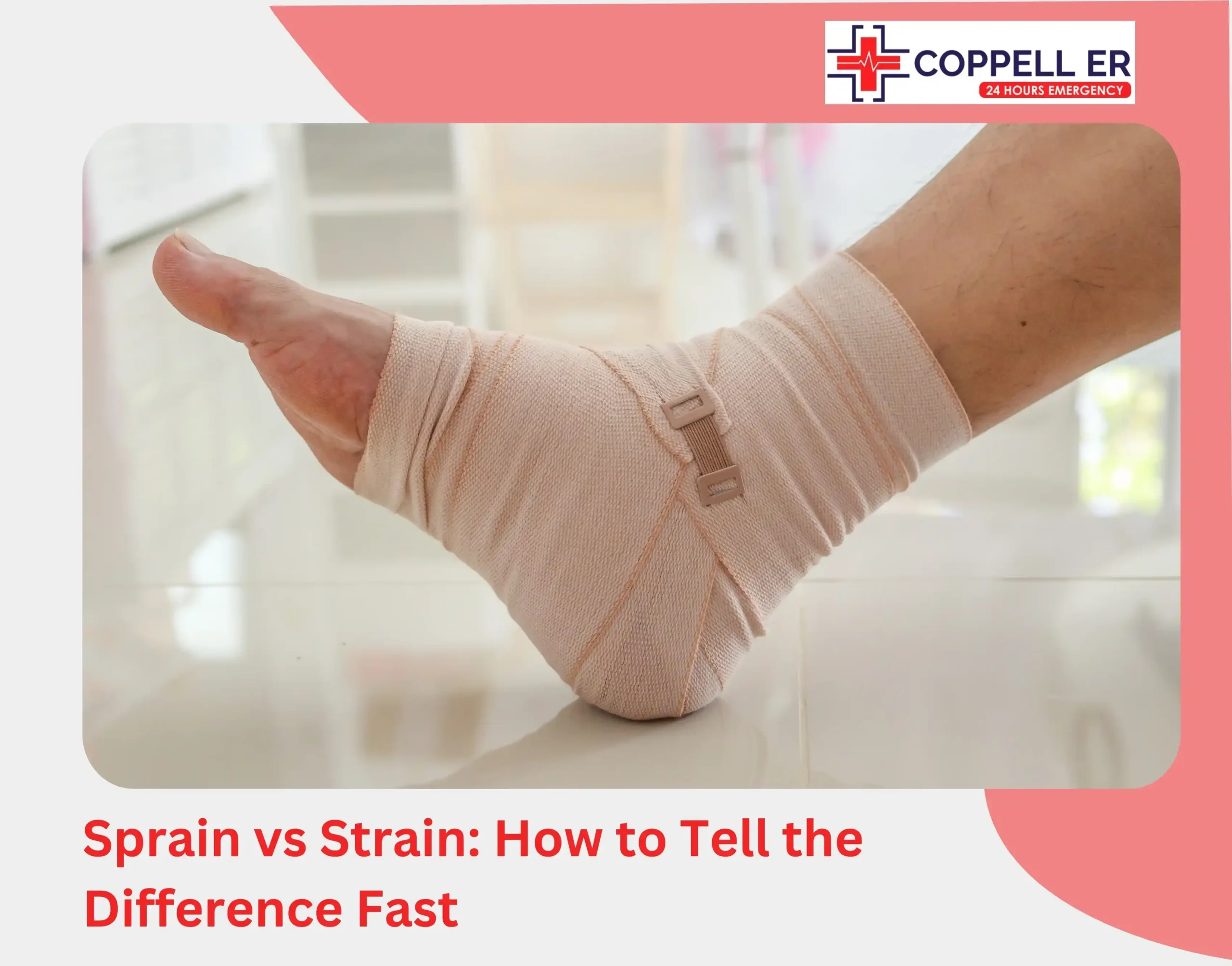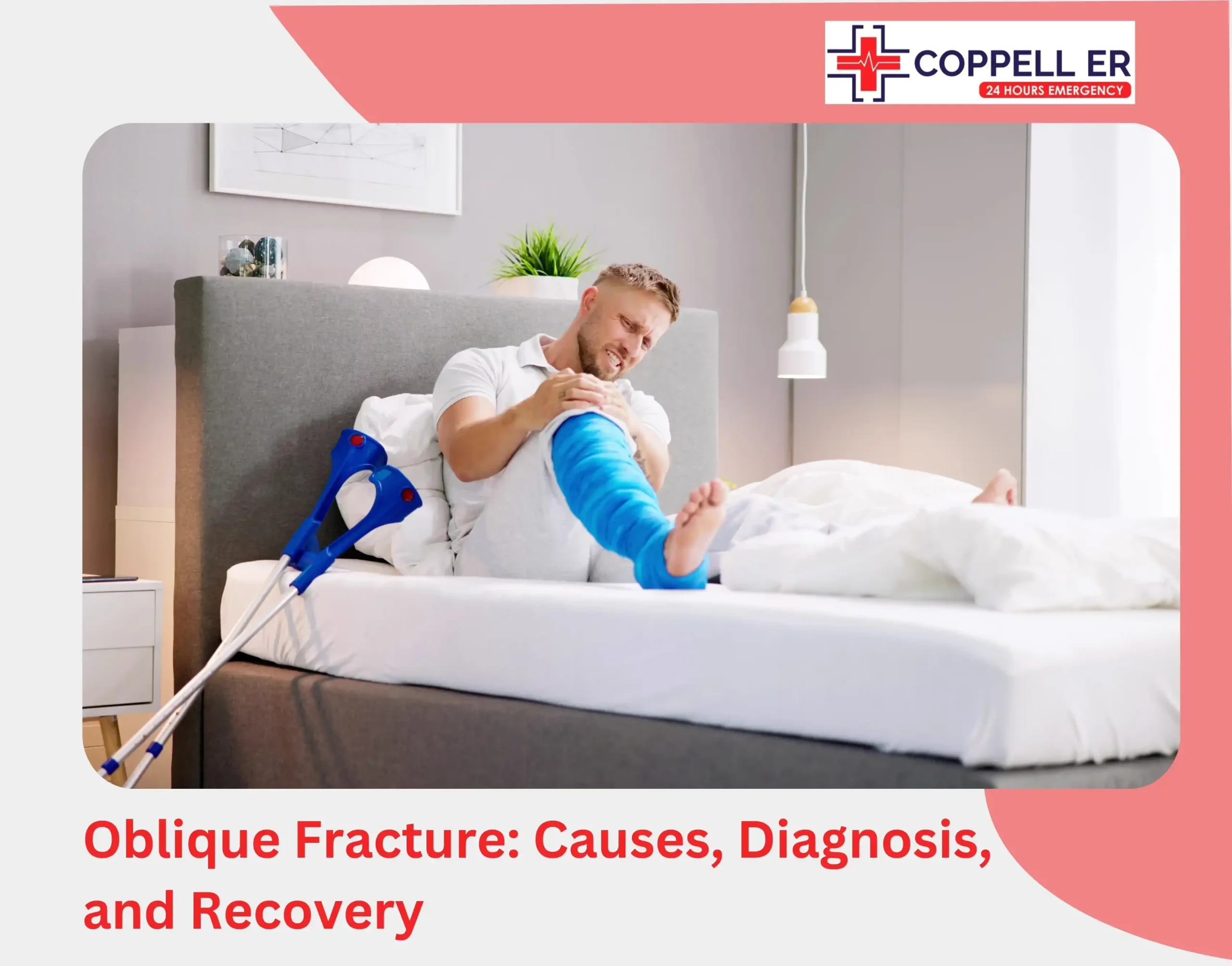Whether it’s a sports injury, a slip on wet pavement, or lifting something the wrong way, muscle and joint injuries are all too common. But how do you know if you’re dealing with a sprain vs strain?
While both injuries cause similar symptoms like pain and swelling, they affect different body tissues and require distinct treatment approaches. Sprains involve ligaments connecting bones, while strains affect muscles or tendons.
Misidentifying your injury can delay healing and lead to chronic problems. Let’s explore the key differences between sprain vs strain so that you can choose appropriate treatment and avoid complications that extend recovery time.
What Is a Sprain?

A sprain is an injury to the ligaments, which are strong, fibrous bands of tissue that connect bones at a joint. Sprains usually occur when a joint is suddenly twisted or forced beyond its normal range of motion, causing the ligament to stretch or tear. They are especially common during sports activities or sudden impacts.
Common Locations for Sprains
- Ankles: Often occur when the foot rolls inward during a misstep
- Wrists: Common from breaking falls with outstretched hands or during contact sports
- Knees: Can happen during abrupt changes in direction
- Thumbs: Often due to sports like skiing or basketball
Typical Symptoms of a Sprain
- Pain and tenderness around the affected joint
- Swelling and visible bruising
- Difficulty moving the joint or bearing weight
- A popping or tearing sensation at the time of injury
- Joint instability or feeling that the joint may “give way” during movement
What Is a Strain?
A strain involves injury to muscles or tendons. These are the cords that connect muscles to bones. Strains can happen suddenly from overstretching or gradually from repetitive use over time. Unlike sprains affecting joints, strains occur within the muscle-tendon unit itself. They often occur during lifting, pushing, or pulling activities.
Common Locations for Strains
- Back: Particularly the lower back, due to lifting or twisting motions
- Hamstrings: Especially in athletes and runners
- Shoulders: Often from overuse or improper lifting
- Calves: During jumping, running, or quick direction changes
- Neck: From poor posture or sudden movements
- Quadriceps: Common in athletes during kicking or jumping
Typical Symptoms of a Strain
- Localized muscle pain or tenderness
- Muscle spasms or cramping
- Swelling and stiffness
- Weakness or limited range of motion
- Possible bruising in severe strains
Sprain vs Strain: The Key Differences
| Feature | Sprain | Strain |
| Tissue Affected | Ligaments | Muscles or tendons |
| Common Cause | Twisting, falling, sudden impact | Overstretching, overuse |
| Typical Areas | Ankle, wrist, knee, thumb | Back, hamstring, shoulder |
| Symptoms | Joint pain, swelling, bruising | Muscle pain, spasms, cramping |
| Onset | Sudden after trauma | Sudden or gradual with overuse |
Understanding the differences between sprain vs strain is critical for guiding treatment decisions and anticipating recovery time.
When to Seek Medical Attention
Not every sprain or strain requires a trip to the doctor, but you should seek professional evaluation if:
- You can’t put weight on the injured limb
- You notice extreme swelling, bruising, or deformity
- The pain is intense and not improving after a couple of days
- You heard a snapping sound at the moment of injury
- The joint feels unstable or loose
- The injury is recurrent or affects daily activities
Schedule urgent medical evaluation within 24 hours for intense pain that doesn’t improve with rest and over-the-counter medication. Some injuries may also involve bone fractures requiring specialized treatment beyond basic sprain or strain care.
Diagnosis: What to Expect During Medical Evaluation

Your doctor will begin with a physical exam to check for swelling, bruising, tenderness, and range of motion. They may compare the injured limb to the uninjured side. If a severe injury is suspected, they may perform imaging tests including:
- X-rays: To rule out fractures or join displacement
- MRI or CT scans: To evaluate ligament, tendon, or muscle damage
- Ultrasound: To check soft tissue injuries in real-time
Most minor sprains and strains can be diagnosed through physical examination alone. Imaging typically occurs when severe injury is suspected or symptoms don’t improve as expected.
Treatment Options for Sprains and Strains

Immediate Care (First 48-72 hours):
- Rest: Avoid activities that cause pain or worsen symptoms
- Protection: Use supportive devices like braces, crutches, or slings when needed
- Compression: Apply elastic bandages to control swelling and provide support
- Elevation: Raise injured limb above heart level when possible
Ongoing Treatment:
- Pain management: Over-the-counter medications like ibuprofen or acetaminophen
- Gentle movement: Early, pain-free motion to prevent stiffness
- Physical therapy: Guided exercises to restore strength and flexibility
- Gradual activity return: Progressive increase in activity as symptoms improve
- Surgery: Required only for complete tears or when conservative treatment fails
Sprain vs Strain Recovery Time
The recovery timeline depends on the severity of the injury, age, overall health, and whether the injury is treated promptly:
- Mild sprains and strains: 1–2 weeks with minimal activity restriction
- Moderate injuries: 3–6 weeks, often requiring physical therapy
- Severe sprains/strains: 6+ weeks, may need surgery or intensive rehabilitation
Return to full activity when you can move without pain, demonstrate normal strength, and perform sport-specific movements confidently. Premature return can worsen the injury or cause chronic problems.
How to Prevent Sprains and Strains
Most sprains and strains are preventable with proper preparation and technique:
- Warm up thoroughly: Spend 5-10 minutes on light cardio and dynamic stretching before activity
- Master proper form: Learn correct lifting, jumping, and movement techniques for your sport or job
- Wear supportive footwear: Choose shoes appropriate for your activity with adequate ankle and arch support
- Strengthen vulnerable areas: Focus on exercises for ankles, knees, shoulders, and core muscles
- Listen to your body: Avoid training when fatigued, as tired muscles increase injury risk
- Stay hydrated and fuel properly: Dehydration and poor nutrition affect muscle function and coordination
- Progress gradually: Increase activity intensity slowly to allow tissues time to adapt
Take Control of Your Recovery
While the terms “sprain” and “strain” are often used interchangeably, they describe different types of injuries that require distinct management approaches. Sprains affect joint ligaments from twisting motions, while strains involve muscles or tendons, often from overuse.
Quick, accurate identification leads to better treatment choices and faster healing. When symptoms seem severe or don’t improve within a few days, it’s always best to consult a medical professional for a thorough assessment.
Get Emergency Care for Sprains and Strains
FAQs
1. How can I tell if I have a sprain or a strain?
Sprains typically involve swelling and bruising near a joint, while strains cause muscle soreness, spasms, and possible cramping in areas like the back or hamstrings.
2. Should I see a doctor for a sprain or strain?
Yes, especially if there’s significant pain, swelling, or difficulty moving the affected area. A medical exam can rule out fractures and determine severity.
3. Can I still work out with a sprain or strain?
Only with a healthcare provider’s clearance. Doing so prematurely can lead to reinjury or chronic issues.
4. How long should I ice a sprain or strain?
Apply ice for 15–20 minutes every few hours during the first 48–72 hours after the injury.
5. What’s the difference between a tear and a strain?
A tear is a more severe form of a strain or sprain where the muscle, tendon, or ligament fibers are completely ruptured and may require surgical repair.




